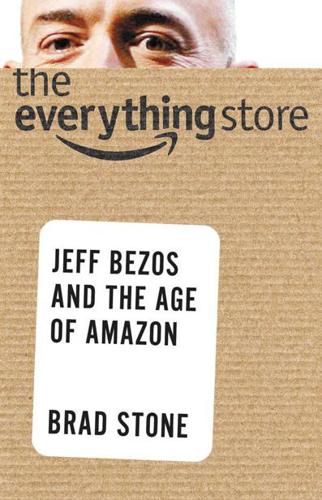
The Everything Store: Jeff Bezos and the Age of Amazon
by
Brad Stone
Published 14 Oct 2013
He was allowed to commandeer those machines, although with the understanding that they could be taken back at any time. Amazon introduced Search Inside the Book on October 2003—and for the first time in three and a half years, there was a feature story on the company in Wired magazine, celebrating its significant innovation. The article revived Bezos’s vision of the Alexandria Project, that 1990s-era fever dream of a bookstore that stocked every book ever written. Perhaps such a universal library could be digital and thus infinitely more practical? Bezos cautiously told Wired that Search Inside the Book could indeed be such a beginning. “You have to start somewhere,” he said.
…
One of Manber’s first projects at Amazon captured the interest of both the media and the New York publishing establishment for the sheer scope of its ambition. Before Manber joined the company, Amazon had introduced a tool called Look Inside the Book, an effort to match the experience of a physical bookstore by allowing customers to browse through the first few pages of any title. Manber took that idea much further. He proposed a service called Search Inside the Book that would let customers look for specific words or phrases from any book they had purchased. Bezos loved the idea and raised the stakes: he wanted customers to be able to search any book on the site, and he gave Manber a goal of getting one hundred thousand books into the new digital catalog.2 “We had a very simple argument” for book publishers, Manber says.
…
Bezos loved the idea and raised the stakes: he wanted customers to be able to search any book on the site, and he gave Manber a goal of getting one hundred thousand books into the new digital catalog.2 “We had a very simple argument” for book publishers, Manber says. “Think of two bookstores, one where all the books are shrink-wrapped and one where you can sit as long as you want and read any book you want. Which one do you think will sell more books?” Publishers were concerned that Search Inside the Book might open up the floodgates of online piracy. Most, however, agreed to try it out and gave Amazon physical copies of their titles, which were shipped to a contractor in the Philippines to be scanned. Then Manber’s team ran optical character-recognition software over the book files to convert the scanned images into text that Amazon’s search algorithms could navigate and index.
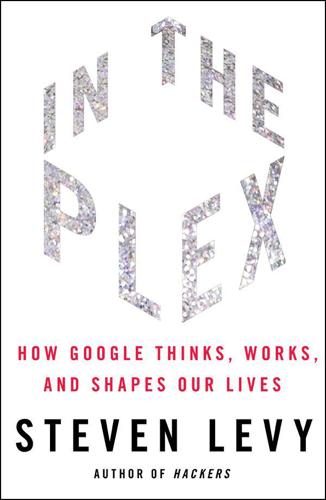
In the Plex: How Google Thinks, Works, and Shapes Our Lives
by
Steven Levy
Published 12 Apr 2011
It had to be a rate that someone could maintain for a long time—this was going to scale, remember, to every book ever written. They finally used a metronome to synchronize their actions. After some practice, they found that they could capture a 300-page book such as Startup in about forty-two minutes, faster than they expected. Then they ran optical character recognition (OCR) software on the images and began searching inside the book. Page would open the book to a random page and say, “This word—can you find it?” Mayer would do a search to see if she could. It worked. Presumably, a dedicated machine could work faster, and that would make it possible to capture millions of books. How many books were ever printed? Around 30 million?
…
She identified books in that session by time stamps on the scans. 349 “The sun is setting” Vincent Cartwright Vickers, The Google Book (1913; reprinted Oxford: Oxford University Press, 1979). 350 If its patents were Steven Shankland, “Patent Reveals Google’s Book-Scanning Advantage,” CNET, May 4, 2009. 355 That was the day An excellent account of the Amazon project is in Gary Wolf, “The Great Library of Amazonia,” Wired, December 2003. 355 “I think it’s an important part” Brin gave me the quote for my column about Search Inside the Book, “Welcome to History 2.0,” Newsweek, November 10, 2003. 356 “innocent arrogance” John Heilemann, “Googlephobia,” New York, December 5, 2005. 357 Page was rhapsodic Page called me at Newsweek in December 2003 to explain the project. 359 books published in 1930 Lawrence Lessig, “Copyright Law and Roasted Pig,” Red Herring, October 22, 2002. 359 Google’s chief economist Hal Varian, “The Google Library Project,” prepared for the AIE-Brookings discussion “The Google Copyright Controversy,” February 24, 2006. 360 aviation industry Lawrence Lessig, Free Culture: How Big Media Uses Technology and the Law to Lock Down Culture and Control Creativity (New York: Penguin Press, 2004), pp. 1–3. 360 “Google saw us” Heilemann, “Googlephobia.” 363 “a path to insanity” Lawrence Lessig, “For the Love of Culture,” The New Republic, January 26, 2010. 363 “hack the Google Book Settlement” Steven Levy, “Who’s Messing with the Google Book Settlement?
…
“If you don’t have a reason to talk about it, why talk about it?” he responded. “You’re running a business, and you have to weigh [exposure] against the downside, which can be significant.” Google got a shock in October 2003, when it learned it was not the only company doing a massive book-scanning project. That was the day Amazon.com introduced its “Search Inside the Book” feature. Amazon head Jeff Bezos had ordered the project to see if searching inside books would increase sales. (It did, by about 9 percent.) He had hired Udi Manber (who would later go to Google) to become “chief algorithms officer” and lead the project. Amazon began scanning books, and after the first 10,000, Manber’s engineers began working on ranking algorithms.
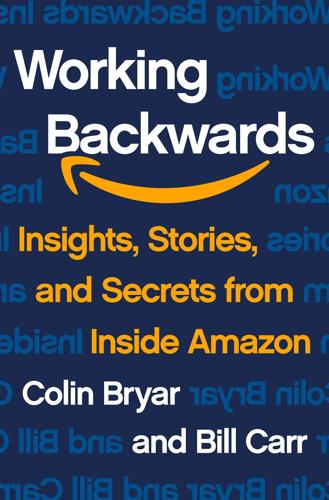
Working Backwards: Insights, Stories, and Secrets From Inside Amazon
by
Colin Bryar
and
Bill Carr
Published 9 Feb 2021
This meant that for thousands and thousands of books, a digital version would have to be created. Fortunately, we had an advantage in this area. We had already developed the capability for customers to preview several pages of a book they were interested in—first called Look Inside the Book and then improved to Search Inside the Book. We had worked with publishers to manually digitize their books, so we understood the process. And so we launched Kindle, with its connected e-bookstore, with a selection of 90,000 e-books. The Sony e-reader store, by contrast, offered only about 20,000 e-books. Then it was time to think about pricing.
…
See Amazon Prime Video product development Pushbutton Rachmeler, Kim Ravindran, Vijay rebuffering Reference Check (Bar Raiser step) RemoteLoad Résumé Review (Bar Raiser step) rights management software (DRM) Ring Doorbell Ringewald, Erich Risher, David risk-taking Roku Rose, Dan Roseman, Neil S-Team annual planning role compensation as foundational mechanism of Leadership Principles four-hour meetings goals Kindle and members PowerPoint and Prime and single-threaded leadership six-pagers and two-pizza teams and S-Team goals Amazon Digital and annual planning process Dive Deep leadership principle and finance team’s tracking of growth and evolution of high bar for input-focused metrics multiple SMART (Specific, Measurable, Attainable, Relevant, and Timely) Scott, MacKenzie Search Inside the Book feature Self-Service Order Fulfillment (SSOF) Sequoia Capital sideloading Siegel, H. B. single-threaded leadership being Amazonian and flexibility of size Fulfillment by Amazon and history and origins of rewards of separability and two-pizza teams and See also dependencies; New Project Initiatives (NPI); two-pizza teams (2PTL) Six Sigma six-pager advantages for presenters advantages for readers conducting meetings with FAQ feedback and ideas prioritized over presenters varied structure and content of writing an effective six-pager See also Tufte, Edward Slack smart lock technology SMART (Specific, Measurable, Attainable, Relevant, and Timely) S-Team goals Socratic method Sony Bravia Sony Reader Spacey, Kevin Spiegel, Joel Spillman, Sarah STAR (Situation, Task, Action, Result) interviewing method Starz Strout, Kristin Super Saver Shipping Szkutak, Tom Taylor, Tom technical program managers (TPMs) Think Big leadership principle timeline TiVo Toyota transactional video on demand (TVOD) Tufte, Edward Twitch two-pizza teams (2PTL) Amazon Digital and autonomous teams challenges of characteristics, workflow, and management of course correction and history and origins of Inventory Planning team Mobipocket team Order Pipeline and Payments teams Picking Team example single-threaded leadership and Universal Music Group urgency bias U.S.
…
After serving as a director in the U.S. books, music, and video unit—which accounted for 77 percent of Amazon’s global revenue at that time1—and feeling my career was finally taking off, now my boss was asking me to help lead one of the company’s smallest ventures, if not the smallest. At that time, the Amazon digital media business consisted of our newly launched Search Inside the Book feature plus the e-books team (roughly five people), all buried deep in Steve’s organization and generating a few million dollars in annual revenue—and based on the e-book market at that time, there didn’t seem to be any real prospects for growth. This small team would move, along with Steve, H.
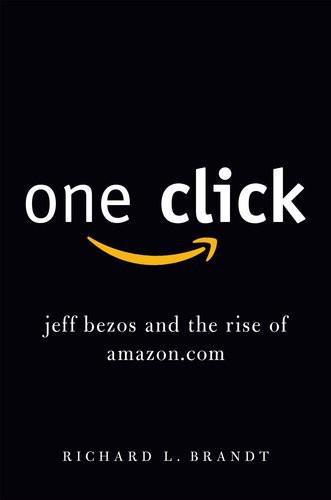
One Click: Jeff Bezos and the Rise of Amazon.com
by
Richard L. Brandt
Published 27 Oct 2011
Great merchants have never had the opportunity to understand their customers in a truly individualized way. E-commerce is going to make that possible. Another feature, added in October 2001, is “Look Inside the Book.” Not all publishers or authors like the idea of letting people read some of the book before buying it. Even worse, two years later he added “Search Inside the Book,” allowing people to pick out only the topics they’re interested in without paying a cent. It’s a great research tool for college students, but doesn’t bring in revenues for either the publishers or Amazon.com. It does, however, create enormous goodwill and brings people back to the site.
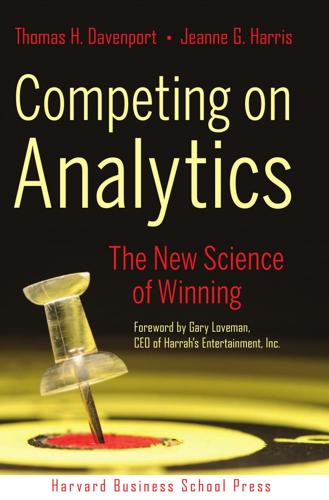
Competing on Analytics: The New Science of Winning
by
Thomas H. Davenport
and
Jeanne G. Harris
Published 6 Mar 2007
Gary Klein, a consultant on decision making, makes similar arguments about fire-fighters making decisions about burning buildings.11 Even firms that are generally quite analytical must sometimes resort to intuition when they have no data. For example, Jeff Bezos, CEO of Amazon.com, greatly prefers to perform limited tests of new features on Amazon.com, rigorously quantifying user reaction before rolling them out. But the company’s “search inside the book” offering was impossible to test without applying it to a critical mass of books (Amazon.com started with 120,000). It was also expensive to develop, increasing the risk. In that case, Bezos trusted his instincts and took a flier. And the feature did prove popular when introduced.12 Of course, any quantitative analysis relies upon a series of assumptions.
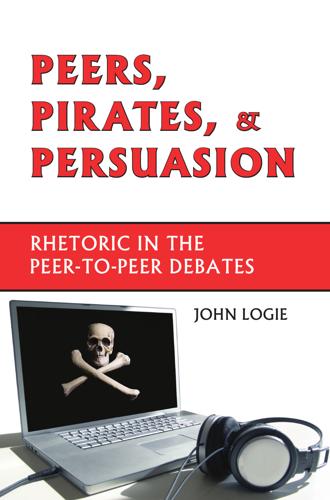
Peers, Pirates, and Persuasion: Rhetoric in the Peer-To-Peer Debates
by
John Logie
Published 29 Dec 2006
I considered buying a used copy from Amazon, and discovered that they were quite inexpensive. More than one dealer had settled on $3.30 as an appropriate price for a hardcover described as appearing “new.” With postage, I could have had a copy within a week or so for under $10. But as I considered this purchase, I noted that Amazon’s website allowed me to search inside the text of Menn’s book. I was able to double-check all of my citations, though the interface was a bit cumbersome. At no cost to me, over and above the fees I pay for high-speed broadband access to the Internet, Amazon was offering me a functional copy of my missing print text.
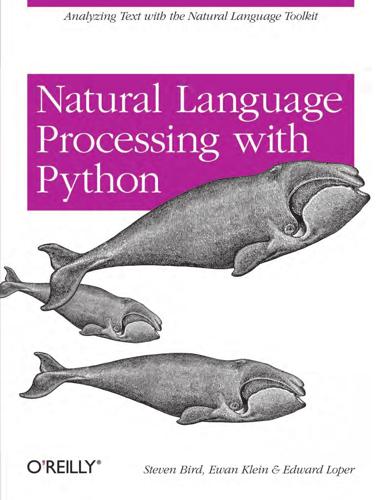
Natural language processing with Python
by
Steven Bird
,
Ewan Klein
and
Edward Loper
Published 15 Dec 2009
Use the NetworkX package to visualize a network of adjectives with edges to indicate same versus different semantic orientation (see http://www.aclweb.org/anthology/P97 -1023). 35. ● Design an algorithm to find the “statistically improbable phrases” of a document collection (see http://www.amazon.com/gp/search-inside/sipshelp.html). 36. ● Write a program to implement a brute-force algorithm for discovering word squares, a kind of n × n: crossword in which the entry in the nth row is the same as the entry in the nth column. For discussion, see http://itre.cis.upenn.edu/~myl/ languagelog/archives/002679.html. 4.11 Exercises | 177 CHAPTER 5 Categorizing and Tagging Words Back in elementary school you learned the difference between nouns, verbs, adjectives, and adverbs.

Amazon Unbound: Jeff Bezos and the Invention of a Global Empire
by
Brad Stone
Published 10 May 2021
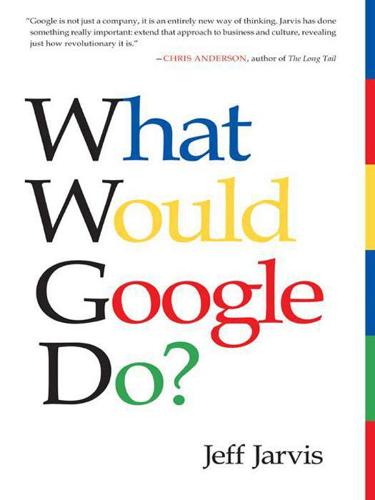
What Would Google Do?
by
Jeff Jarvis
Published 15 Feb 2009
Handling stuff becomes a small price to pay to become so smart. Amazon is positioned perfectly for the transition to digital content delivery. It is selling and delivering books to PCs and its Kindle e-book reader. It is selling movies direct to our TV sets. It is selling music downloads. Amazon has built a strong position in content thanks to innovations ranging from reviews to searching inside books to automated recommendations. By reflex, many of us go to Amazon to check out products before we buy them. That is Amazon’s brand and value, as much as the stuff it sells. Bezos built a digital knowledge and service empire. Just as fast-food joints make more money selling Coke than cheeseburgers and some retail chains have built more value in real estate than merchandise sales, Bezos doesn’t really make his money pushing atoms.

The Zero Marginal Cost Society: The Internet of Things, the Collaborative Commons, and the Eclipse of Capitalism
by
Jeremy Rifkin
Published 31 Mar 2014
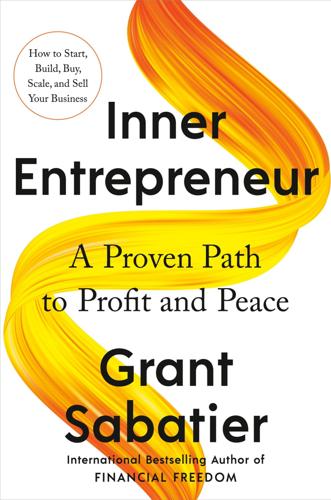
Inner Entrepreneur: A Proven Path to Profit and Peace
by
Grant Sabatier
Published 10 Mar 2025